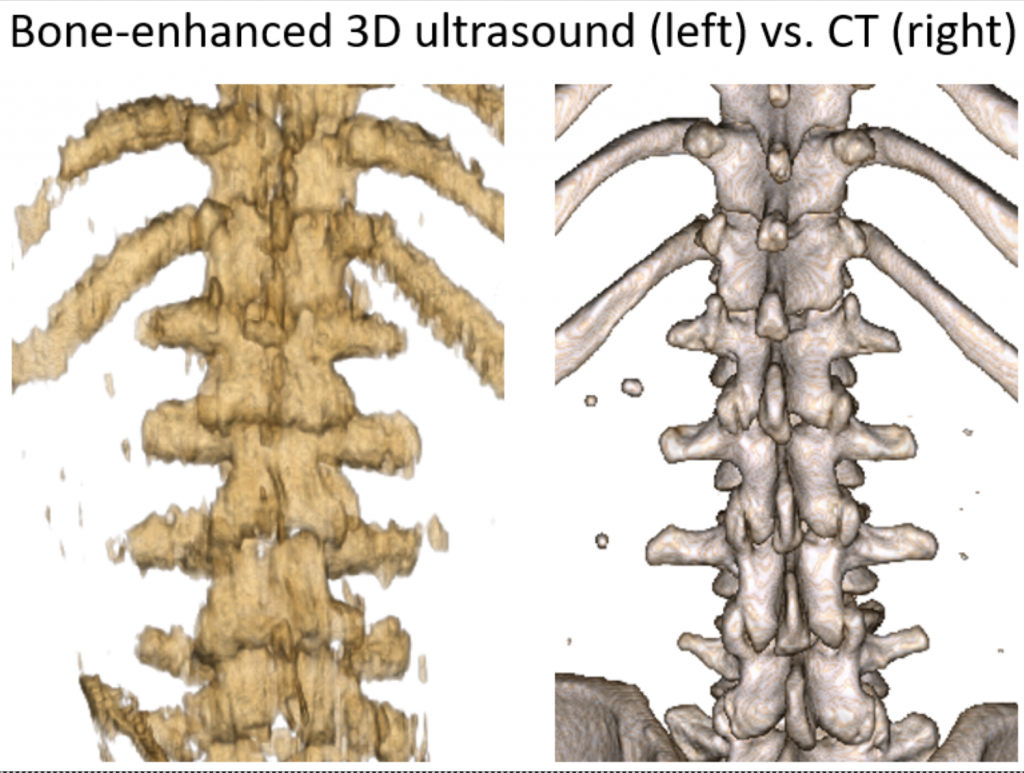Machine and deep learning have ushered in a transformative era in medical imaging, revolutionizing the way healthcare professionals diagnose and treat various conditions. These advanced technologies, powered by artificial intelligence, excel in analyzing vast amounts of medical imaging data with speed and precision. In the realm of diagnostics, machine and deep learning algorithms can detect subtle patterns and abnormalities in radiological images, such as ultrasound, MRI, and CT, assisting in early and accurate disease detection. Moreover, these systems can aid in image segmentation, enabling the delineation of specific structures or organs for treatment planning. A big focus of our group is developing AI-based solutions and integrating them into our image-guided navigated systems and training platforms.
